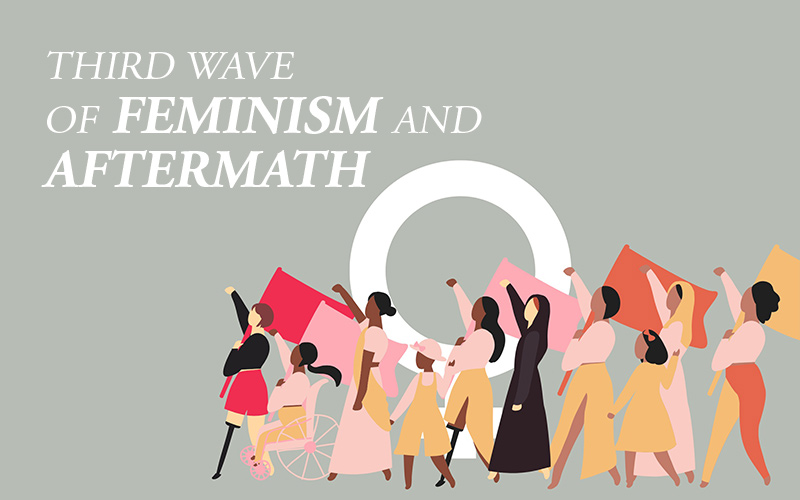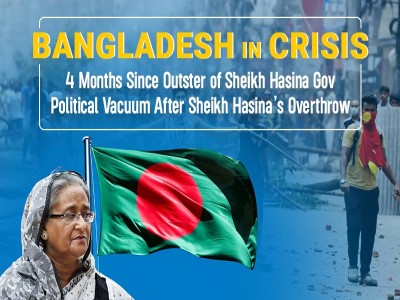
THIRD WAVE OF FEMINISM AND AFTERMATH
The third wave of feminism began in the early 1990s and was characterized by a focus on individualism and diversity. This wave of feminism was led by a new generation of activists who sought to expand upon, and challenge, the goals, and perspectives of the second wave. Third-wave feminists aimed to address the perceived failures of second-wave feminism, as well as the new social, cultural, and political issues that had arisen since the second wave.
One of the key themes of third-wave feminism was intersectionality or the idea that different forms of oppression, such as racism, classism, and homophobia, intersect and compound to create a unique experience of oppression for marginalized groups. Third-wave feminists also focused on issues such as body image, sexual agency, and reproductive rights.
The aftermath of the third wave of feminism has led to more acceptance and inclusiveness in feminist movements, but also more criticism and criticism towards it. Some argue that the lack of coherence and intersectionality in the movement has resulted in a lack of progress.
The Third wave has also led to a wider acceptance of feminism and feminist ideologies among mainstream media and different sectors of society.
Feminist Movement in Indian Context:
In India, the feminist movement has a long and complex history, with roots that can be traced back to the 19th century. The Indian women's movement has been shaped by a number of factors, including colonialism, nationalism movements, and the caste system.
In the post-colonial era, the women's movement in India has been influenced by both Western feminist thought and the country's own cultural and political context. The third wave of feminism in India has been marked by a renewed focus on issues such as violence against women, sexual harassment, and reproductive rights.
Additionally, intersectionality has played a particularly important role in the Indian women's movement, as issues of caste, class, religion, and ethnicity all intersect with gender oppression. The third wave of feminism also prioritized the rights of marginalized groups of women such as Adivasi, Dalit, and the LGBTQIA+ communities.
The aftermath of the third wave has led to more mainstreaming of feminist issues and many laws, policies, and campaigns against gender-based violence and discrimination have been implemented in India. But still, the patriarchal mindset and culture remain a major challenge for the feminist movement in India. The fourth wave of feminism in India focused more on digital activism and addressing issues of intersectionality and intersectional feminism.
Current Scenario:
The fourth wave of feminism is a term used to describe the current movement within feminism that began around 2012. This wave of feminism is more focused on online activism, inclusive and intersectional issues, digital media, and an increasingly transnational approach. Fourth-wave feminists also focus on issues related to online and digital feminism, such as cyber sexism and online harassment. Another key aspect of fourth-wave feminism is its emphasis on activism and the use of social media to raise awareness and mobilize people to take action on feminist issues.
Disclaimer: The opinions expressed in this article are those of the author's. They do not purport to reflect the opinions or views of The Critical Script or its editor.

Newsletter!!!
Subscribe to our weekly Newsletter and stay tuned.

















Related Comments